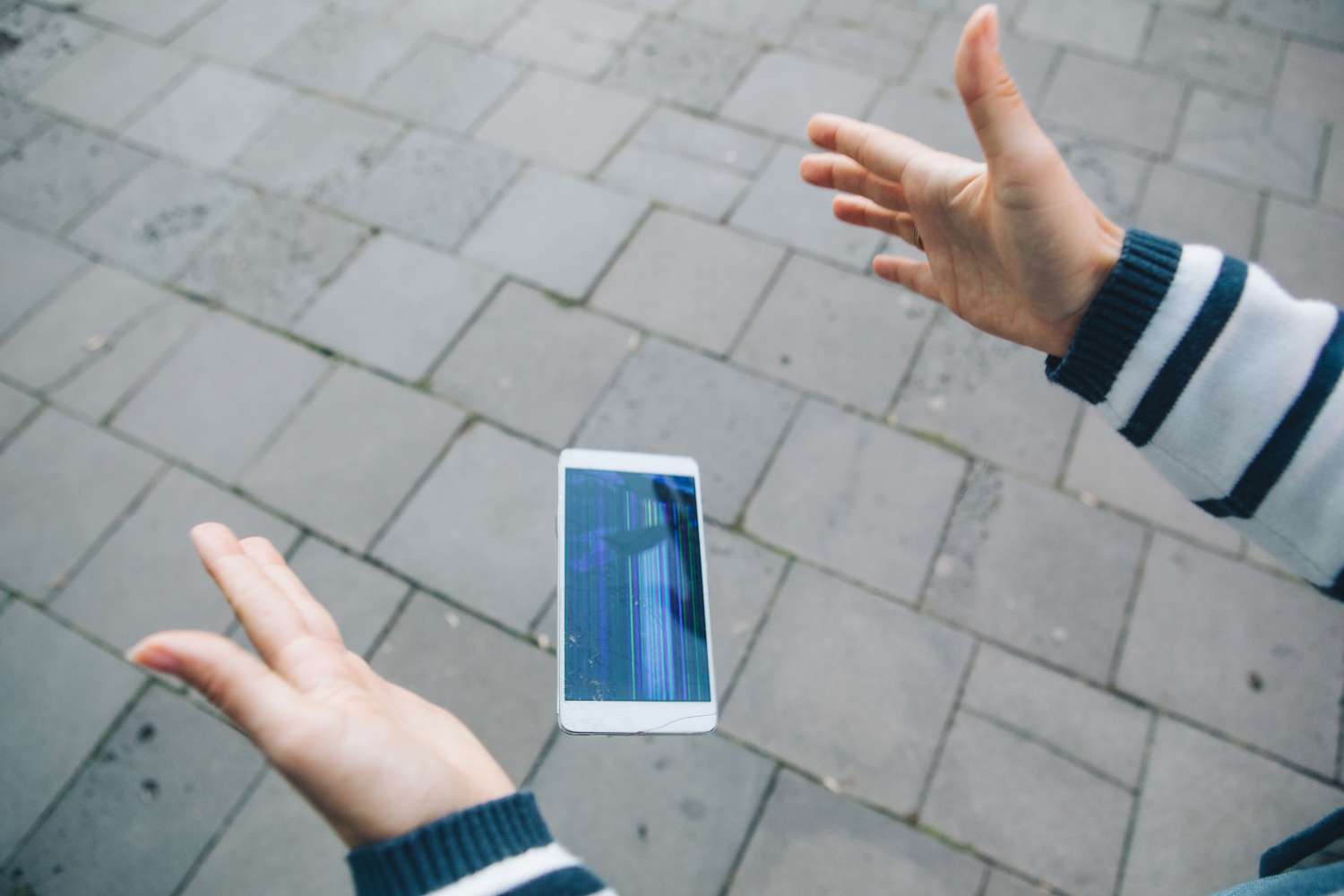
FIREBLOCK LITHIUM Gel Fire Extinguishers are ideally suited for Lithium battery fires such as those which may occur with personal electronic devices, for example, mobile phones and tablets.
It can also be used to protect against fires where batteries are under charge, and where batteries are stored for example goods distribution, battery collection bins, battery recycling locations, public services, battery charging stations and many other scenarios.
Lithium-Ion Batteries are found in most everyday devices including Mobile Phones, Tablets, Laptops, Children’s Toys, Power Tools and not forgetting the relatively new market of e-cigarettes!
In recent years we have been increasingly educated of the dangers of Lithium-Ion Batteries due to the significant rise in reported fires caused by such devices.
Lithium Battery Fires
Traditional fire extinguishers are typically ineffective against Lithium Ion Battery Fires. The FIREBLOCK LITHIUM Gel Fire Extinguisher solves this problem, easily tackling small fires that may occur in electronic devices powered by Lithium Batteries e.g. mobile phones, laptops, tablets, toys and gadgets.
Wood, Paper, Fabric & Plastic Fires
Class A is probably the most common type of fire. They occur when materials become heated to their ignition temperature and will continue to burn as long as there is heat, oxygen and fuel available.
Electrical Fires
Class E are fires that involve potentially energized electrical equipment. Short circuits or overloaded cables can cause these types of fire. The FIREBLOCK LITHIUM Gel Fire Extinguisher solves this by effectively extinguishing Electrical Fires up to 35,000 volts.

Continuous overcharging together with common charging malfunctions can cause your device to catch fire.
In the unfortunate event that your device does catch fire did you realise that the temperature can quickly exceed over 800 degrees Celsius – that’s 3 times hotter than an oven!
A FIREBLOCK LITHIUM Gel Fire Extinguisher:
By following these guidelines, you can minimise the likelihood of lithium-ion battery fires and promote safer usage of technology devices!
Copyright © Kiwi Hygiene Supplies | Privacy Policy | Terms & Conditions